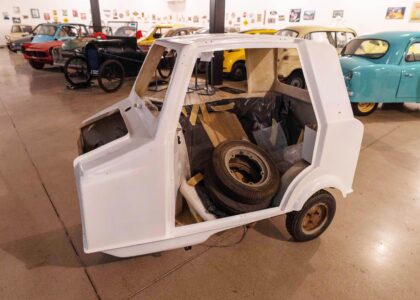Welcome to the Salem Downtown Historic District, a treasure trove of American history nestled in the city of Salem, Ohio. Founded in 1806 by a New Jersey clockmaker named Zadok Street and a Pennsylvanian potter, John Straughan, Salem quickly became an essential part of the nation’s burgeoning story. The city was named after Salem, New Jersey, where Street hailed from, and the name itself is derived from a biblical term meaning ‘city of peace.’
Salem’s early settlers were largely Quakers, members of the Religious Society of Friends, who were fervent advocates for peace and equality. This principled foundation played a significant role in shaping Salem’s destiny as a hub for social reform. By the mid-19th century, Salem had firmly established itself as a key player in the abolitionist movement. The city was a significant stop on the Underground Railroad, a covert network that helped enslaved people escape to freedom. Notable homes, like the Daniel Howell Hise House, served as safe havens for those fleeing slavery.
In April 1850, Salem made history by hosting the first Women’s Rights Convention in Ohio, only the third such gathering in the United States. This convention was unique as it was organized entirely by women, who managed and led the proceedings. Men were not allowed to vote or sit on the platform, although they attended in support. This event marked a pivotal moment in the struggle for women’s suffrage and equality.
Salem also played an essential role in the broader industrial development of the region. Throughout the 19th and 20th centuries, it thrived as an industrial town, benefiting from its strategic location between Cleveland and Pittsburgh. Key industries included American Standard Brands and several tool-and-die manufacturers that continue to contribute to the local economy.
As you explore the historic district today, imagine the vibrant activity that once filled these streets, from abolitionist meetings to industrial bustle. The legacy of Salem’s past continues to influence its present, offering visitors a rich tapestry of stories that span over two centuries.





